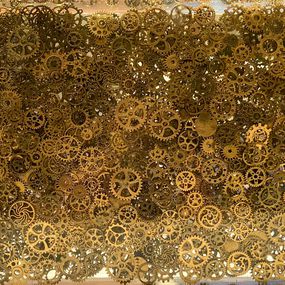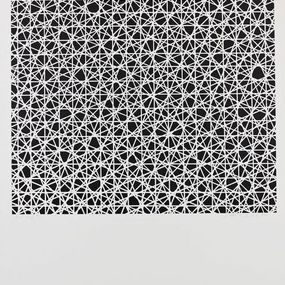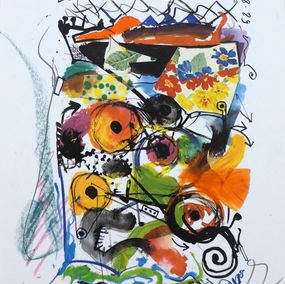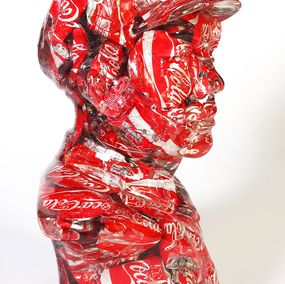
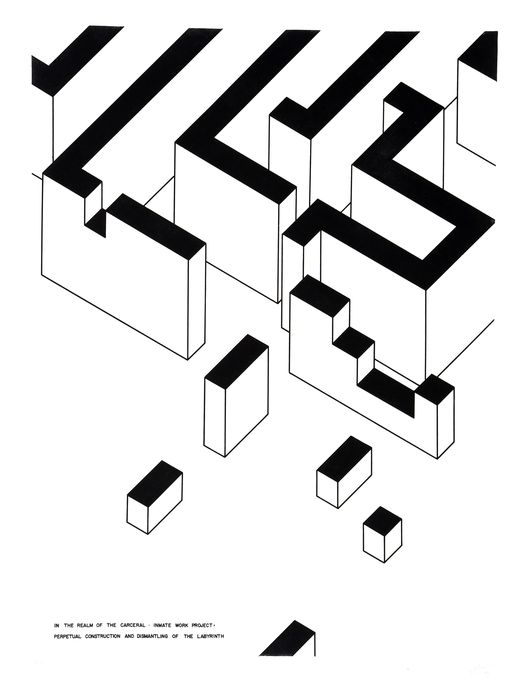
Biography
Robert Morris (born 9 February 1931, Kansas City, Missouri) is an American sculptor, conceptual artist and writer. He is regarded as one of the most prominent theorists of Minimalism along with Donald Judd but he has also made important contributions to the development of performance art, land art, the Process Art movement and installation art.
American sculptor, painter, experimental artist, and writer. He was born in Kansas City and studied engineering at the university there whilst also attending classes at the city's Art Institute. After service in the US Army, 1951-2, he began his artistic career in San Francisco, painting Abstract Expressionist pictures and also being involved with other activities including improvisatory theatre. In 1961 he moved to New York, where he took an MA in art history at Hunter College in 1963 (his thesis was on Brancusi).
Meanwhile Moris had turned from painting to sculpture and he emerged as one of the most prominent exponents and theorists of Minimal art. He also experimented with Performance art, environments, and earthworks, and through such activities he was prominent in breaking down traditional ideas linking the work of the artist with the studio, promoting instead the idea executing works in situ. Morris's most characteristic sculptures consist of large-scale, hard-edged geometric forms, but he has also made anti-form pieces in soft, hanging materials.
In 1967 Morris created Steam, an early piece of Land Art. By the late 1960s Morris was being featured in museum shows in America but his work and writings drew criticism from Clement Greenberg. His work became larger scale taking up the majority of the gallery space with series of modular units or piles of earth and felt. In 1971 Morris designed an exhibition for the Tate Gallery that took up the whole central sculpture gallery with ramps and cubes. He published a photo of himself dressed in S&M gear in an advertisement in Artforum, similar to one by Lynda Benglis, with whom Morris had collaborated on several videos.
He created the Robert Morris Observatory in the Netherlands, a "modern Stonehenge", which identifies the solstices and the equinoxes. It is at coordinates 52°32'58"N 5°33'57"E.
During the later 1970s Morris switched to figurative work, a move that surprised many of his supporters. Themes of the work were often fear of nuclear war. During the 1990s returned to his early work supervising reconstructions and installations of lost pieces. Morris currently lives and works in New York.
In 1974, Robert Morris advertised his display at the Castelli Gallery with a poster showing him bare-chested in sadomasochistic garb. Critic Amelia Jones argued that the body poster was a statement about hyper-masculinity and the stereotypical idea that masculinity equated to homophobia. Through the poster, Morris equated the power of art with that of a physical force, specifically violence.
In 1983 he changed tack completely, returning to painting in an emotive figurative style, often with explicit political messages.
Morris died on November 28, 2018, in Kingston, New York, from pneumonia at the age of 87.
Nationality
Categories
Artistic movements
Themes








